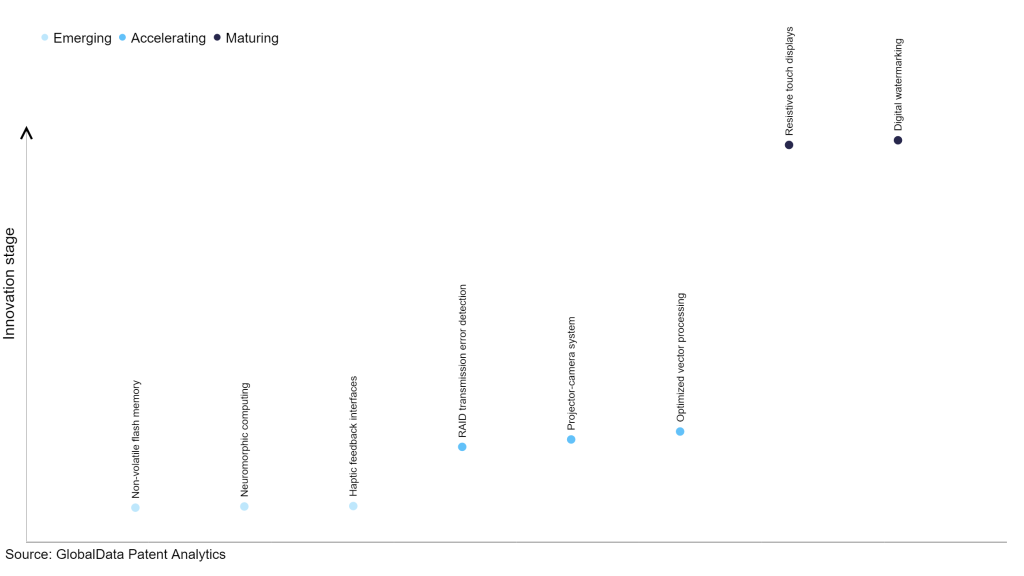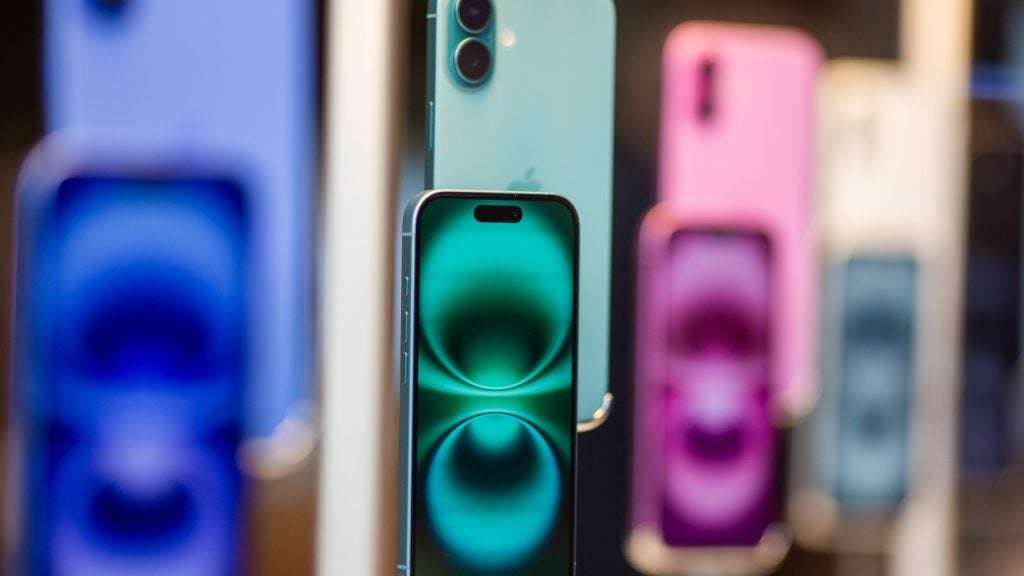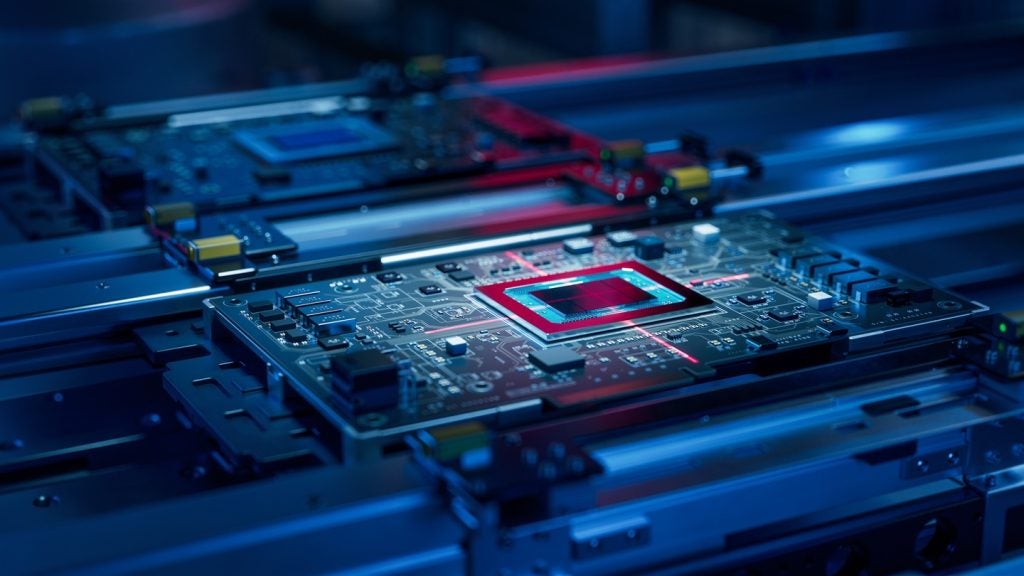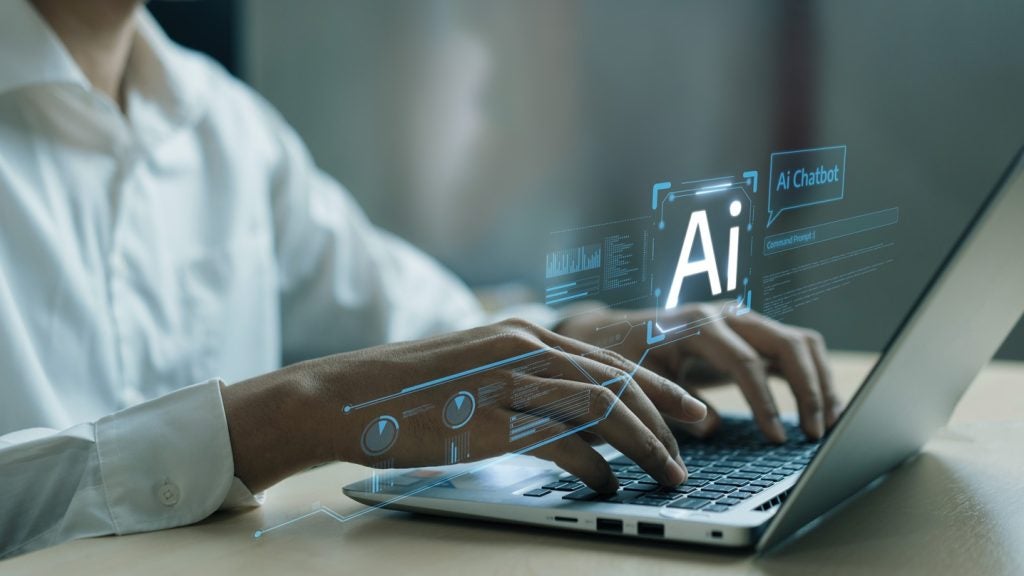The technology industry continues to be a hotbed of patent innovation. Activity is driven by the demand for artificial intelligence (AI) technologies with higher computational efficiency and lower power consumption, advancements in hardware technologies, and the need for specialized computing solutions for AI applications, as well as growing importance of technologies such as neuromorphic chips, memristors, and brain-inspired algorithms. By simulating the brain’s neural connections and cognitive processes, neuromorphic computing aims to accelerate AI computations, improve energy efficiency, and enable new applications in areas such as robotics, image processing, and natural language understanding. In the last three years alone, there have been over 1.5 million patents filed and granted in the technology industry, according to GlobalData’s report on Innovation in technology: neuromorphic computing. Buy the report here.
However, not all innovations are equal and nor do they follow a constant upward trend. Instead, their evolution takes the form of an S-shaped curve that reflects their typical lifecycle from early emergence to accelerating adoption, before finally stabilizing and reaching maturity.
Identifying where a particular innovation is on this journey, especially those that are in the emerging and accelerating stages, is essential for understanding their current level of adoption and the likely future trajectory and impact they will have.
185+ innovations will shape the technology industry
According to GlobalData’s Technology Foresights, which plots the S-curve for the technology industry using innovation intensity models built on over 1.6 million patents, there are 185+ innovation areas that will shape the future of the industry.
Within the emerging innovation stage, non-volatile flash memory, neuromorphic computing, and haptic feedback interfaces are disruptive technologies that are in the early stages of application and should be tracked closely. RAID transmission error detection, projector-camera system, and optimized vector processing are some of the accelerating innovation areas, where adoption has been steadily increasing. Among maturing innovation areas are resistive touch displays and digital watermarking, which are now well established in the industry.
Innovation S-curve for the technology industry

Neuromorphic computing is a key innovation area in technology
Neuromorphic computing refers to a computing approach that replicates the neural circuitry and biological architecture of the human brain. By utilizing electronic components that emulate neural networks and the functionality of biological neurons, it enables the development of computing systems that are more energy-efficient and power-conscious. Neuromorphic computing finds application in the creation of cognitive systems, including AI and machine learning, offering promising advancements in intelligent computing.
GlobalData’s analysis also uncovers the companies at the forefront of each innovation area and assesses the potential reach and impact of their patenting activity across different applications and geographies. According to GlobalData, there are 270+ companies, spanning technology vendors, established technology companies, and up-and-coming start-ups engaged in the development and application of neuromorphic computing.
Key players in neuromorphic computing – a disruptive innovation in the technology industry
‘Application diversity’ measures the number of applications identified for each patent. It broadly splits companies into either ‘niche’ or ‘diversified’ innovators.
‘Geographic reach’ refers to the number of countries each patent is registered in. It reflects the breadth of geographic application intended, ranging from ‘global’ to ‘local’.
Patent volumes related to neuromorphic computing
| Company | Total patents (2010 - 2022) | Premium intelligence on the world's largest companies |
| Silicon Storage Technology | 29 | Unlock Company Profile |
| U.S. Navy | 1 | Unlock Company Profile |
| Microchip Technology | 21 | Unlock Company Profile |
| Sony Semiconductor Solutions | 1 | Unlock Company Profile |
| Micron Semiconductor Products | 2 | Unlock Company Profile |
| Applied Materials | 5 | Unlock Company Profile |
| SK Hynix | 10 | Unlock Company Profile |
| Samsung Electronics | 9 | Unlock Company Profile |
| Helmholtz-Zentrum Dresden - Rossendorf | 7 | Unlock Company Profile |
| Atmel | 21 | Unlock Company Profile |
| Microsemi | 21 | Unlock Company Profile |
| Tessera | 2 | Unlock Company Profile |
| Hewlett Packard Enterprise Development | 2 | Unlock Company Profile |
| HRL Laboratories | 9 | Unlock Company Profile |
| Microsemi Storage Solutions | 21 | Unlock Company Profile |
| Silicon Storage Technology | 4 | Unlock Company Profile |
| Micron Technology | 10 | Unlock Company Profile |
| eMemory Technology | 4 | Unlock Company Profile |
| Fraunhofer-Gesellschaft zur Forderung der Angewandten Forschung | 2 | Unlock Company Profile |
| CEA | 7 | Unlock Company Profile |
| Centre National de la Recherche Scientifique | 2 | Unlock Company Profile |
| Japan Science and Technology Agency | 3 | Unlock Company Profile |
| TDK | 2 | Unlock Company Profile |
| Winbond Electronics | 2 | Unlock Company Profile |
| ROHM | 2 | Unlock Company Profile |
| Sony Group | 2 | Unlock Company Profile |
| IBM | 57 | Unlock Company Profile |
| Denso | 2 | Unlock Company Profile |
| Macronix International | 3 | Unlock Company Profile |
| Toshiba | 2 | Unlock Company Profile |
| Intel | 3 | Unlock Company Profile |
| Global Foundries | 2 | Unlock Company Profile |
| Gyrfalcon Technology | 1 | Unlock Company Profile |
| Rain Neuromorphics | 1 | Unlock Company Profile |
Source: GlobalData Patent Analytics
International Business Machines (IBM) is the leading patent filer in neuromorphic computing. IBM’s research in the field is focused on combining biology with advances in machine learning to optimize learning and computing efficiency of next generation AI.
Other prominent patent filers in the space include Samsung Group and Microchip Technology.
By geographic reach, Microsoft leads the pack, followed by Mythic and Microchip Technology. In terms of application diversity, Microsoft holds the top position, followed by International Business Machines (IBM) and Micron Technology.
AI innovation in neuromorphic computing focuses on developing computer systems and hardware architectures that mimic the structure and functionality of the human brain. Neuromorphic computing enables efficient and parallel processing of complex data by leveraging neural networks and synaptic connections.
To further understand the key themes and technologies disrupting the technology industry, access GlobalData’s latest thematic research report on Technology.
Data Insights
From

The gold standard of business intelligence.
Blending expert knowledge with cutting-edge technology, GlobalData’s unrivalled proprietary data will enable you to decode what’s happening in your market. You can make better informed decisions and gain a future-proof advantage over your competitors.







